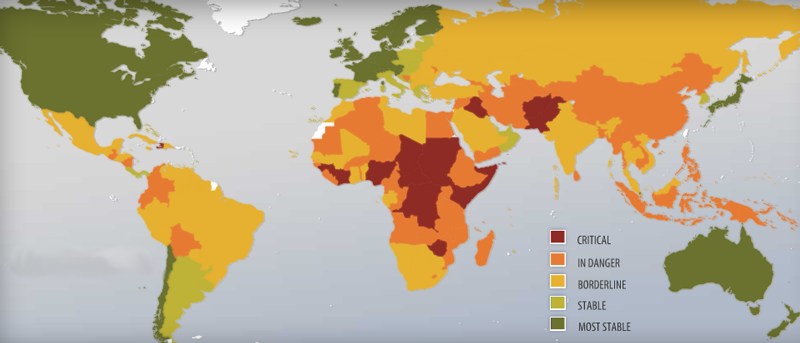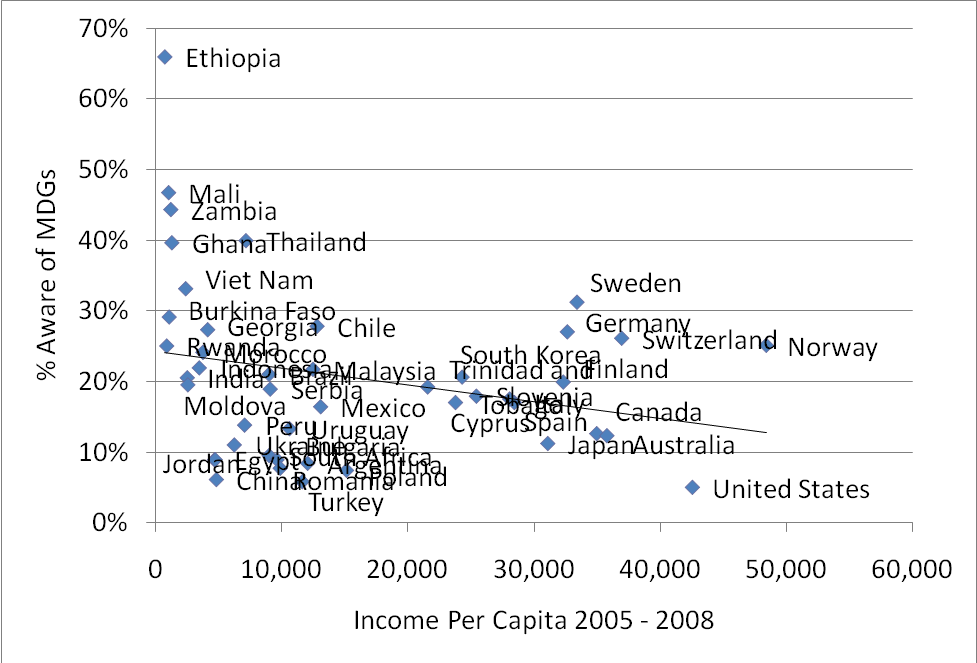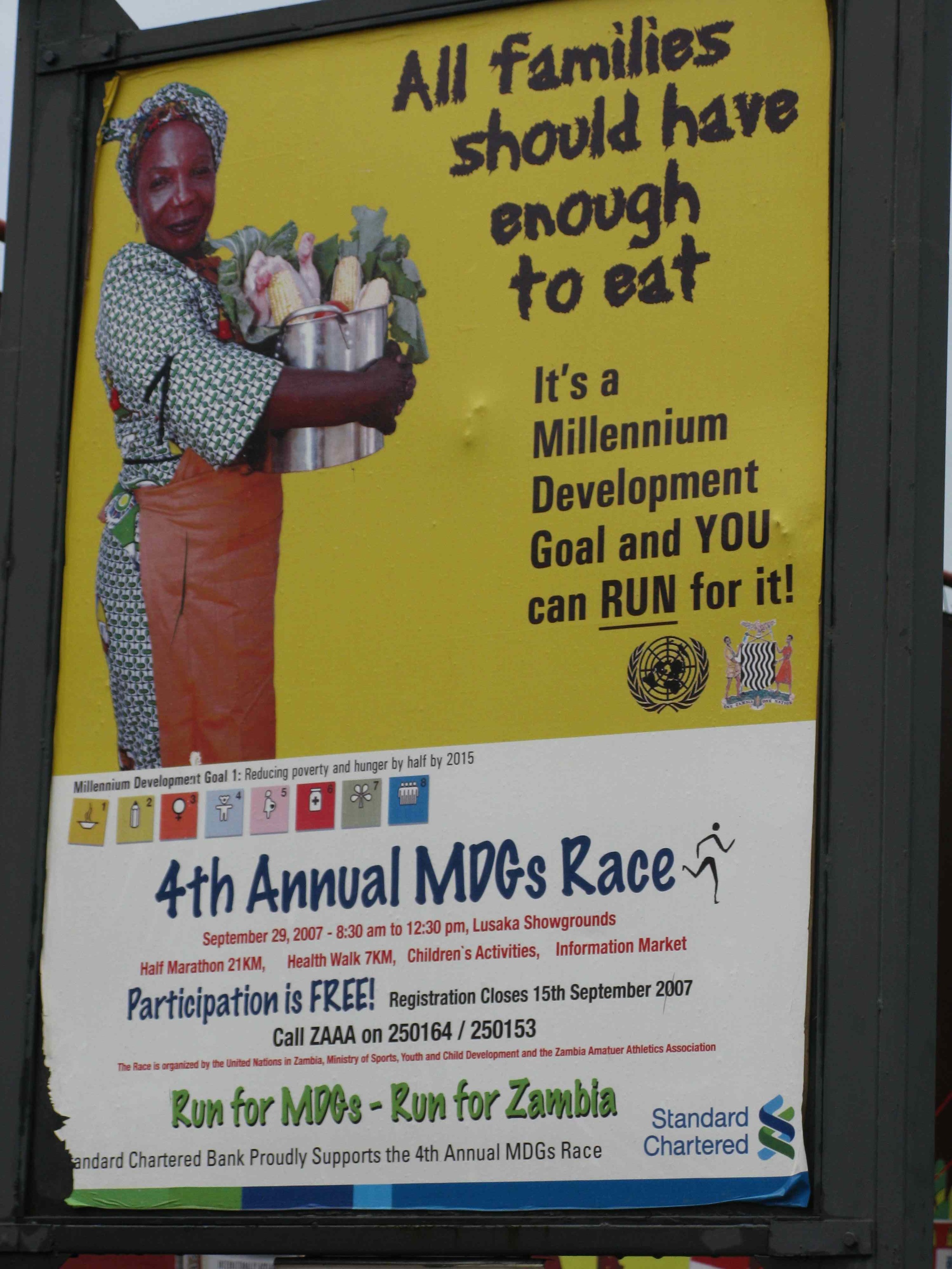The Negative Highway
UPDATE 1:30PM: More "Breezewood"s! See end of post UPDATE 11:15am March 9: the Negative Subway (see end of post)
I used to drive often from Washington DC to Ohio and would pass fuming through Breezewood PA, victim of a hijacking. Where there should have been a simple interchange of Interstates 70 and 76, the locals had conspired with the road builders to dump you on a short stretch of a stoplight-heavy road, PA State Highway 30, in between.
This generated a lot of jobs for the locals, of course, in all the motels, gas stations, and fast food places clustered along this road,
I am just in the middle of reading Bourgeois Dignity by Deirdre McCloskey and was amused to learn there what an ancient practice Breezewood was emulating.
The city of Bordeaux in the 1840s demanded that a railroad designed to go from Paris to Madrid break in Bordeaux to create jobs for porters, hotels, and cabs. The great liberal economist Frederic Bastiat pointed out that EVERY city along the way would want the same thing. Taken to extremes, most of the economy of France would consist of "job creation" for porters, hotels, and cabs working every few kilometers of what Bastiat called a "negative railroad," in lieu of workers producing rather better things like wine, cheese, and railroad cars.
It's not much of a stretch to apply the metaphor to other forms of protectionism, like protecting inefficient domestic industries against imports to "save jobs."
Fortunately today, most special interest protectionism is defeated most of the time, so there are not a huge number of Breezewoods in the US interstate system, or metaphorically, in our rich modern economies as a whole. The political economy of why poor countries stay poor includes Breezewoods.
I no longer do the drive, so I've finally escaped Breezewood PA. Next time you pass through, please cuss them out for me.
UPDATE 1:30PM:
Tim Ogden in the comments below identified another on the same PA turnpike. I then checked out the rest of the PA turnpike and found also another one at I-99 and I-76. Moving on to my home territory, the Ohio Turnpike around Toledo used to have something even worse than "Breezewood" to get from I-80 to I-75. I remember long ago my uncle arriving at my home in Bowling Green and launching into a tirade about this. There must have been enough people like my uncle to change things, and now there is a direct interchange. However, there is still a "Breezewood" to get from I-80 to I-475 south of Toledo.
Wait, I'm supposed to be writing a paper! get back to work!
UPDATE 11:15am March 9: the Negative Subway. A reader points out another mis-function similar to a Breezewood -- public transit systems that don't reach the airport. This could be explained by the airport being out too far, but there are plenty of examples of nearby airports without transit access. The brilliant designers of the New York subway managed to send no less than 7 separate subway lines near or close to LaGuardia airport (which was built eons ago), but none of them reach it. New York's taxi drivers are extremely grateful for the Breezewood Subway.
 From Aid to Equality
From Aid to Equality













